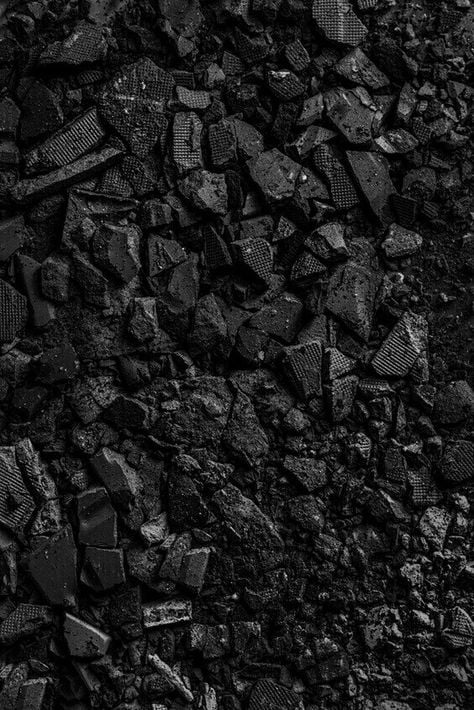
Coconuts are a fruit that has a lot of benefits, from coconut water to materials used in various activities. These uses range from coconut water for drinking, coconut oil for cooking, coconut peat for feeding cows, coconut fiber for mattress materials, copra for consumption, and coconut charcoal for grilling and smoking.
Coconut waste was once viewed as trash and seen as useless or problematic. However, the trend is changing as people become more aware of the need to reduce waste and repurpose it for valuable products. Repurposing coconut waste can have a positive impact on reducing carbon emissions and environmental pollution, including river pollution. Recycling coconut waste can make use of this clean resource and provide innovative and renewable products.
Coconuts support the “blue economy” by creating jobs and utilizing resources efficiently. The blue economy concept involves using every part of the coconut to create sellable products.
Almost every part of a coconut can find a purpose in our lives. It’s like a versatile “Swiss Army Knife.” For example, coconut shells can become briquettes, coconut husks can become cocopeat, coconut fiber can be used for mattresses, coconut water can be a refreshing drink, and the coconut meat can be a dessert topping.
This makes coconut a highly eco-friendly product, as it utilizes every part of the coconut and replaces less eco-friendly materials.
How does this process work? First, farmers harvest the coconuts and separate them into different parts.
Each part serves a different purpose, such as the coconut shell, coconut husk, coconut water, the meat, and other components used for recycling. For instance, in the production of coconut charcoal briquettes, the coconut shell is crushed into small particles and shaped into various forms like cubes, hexagons, fingers, etc. These briquettes are popular for smoking shisha and grilling BBQ. According to experts, coconut briquettes are considered the best type of charcoal globally. Their advantages include long burning time, high and stable temperature, no smoke, no odor, an attractive and modern appearance, a satisfying red glow, low ash content, natural composition (no chemicals), and environmental friendliness. Coconut charcoal doesn’t require cutting down trees; it can be obtained from coconut waste parts and fruits.
For instance, if we switch from hardwood charcoal to coconut charcoal, we can help protect the environment. Cutting down trees and destroying green plants to produce charcoal is wasteful and harmful to the ecosystem.
Rather than cutting down trees, it’s more useful to utilize wood for other purposes. This approach contributes to saving trees and preserving natural habitats.
And this is just from coconut shells. What if we repurpose other parts of the coconut as well? This product presents an opportunity for economic growth, turning waste into treasure, creating more entrepreneurs, generating jobs, and boosting local economies.
In an era where the world is striving to become more environmentally friendly, with a focus on reducing greenhouse gas emissions, repurposing coconut waste offers hope and makes a significant contribution to saving the world. Coconut waste is an innovative resource that can contribute significantly to the world and the economy, transforming waste into sustainable resources.